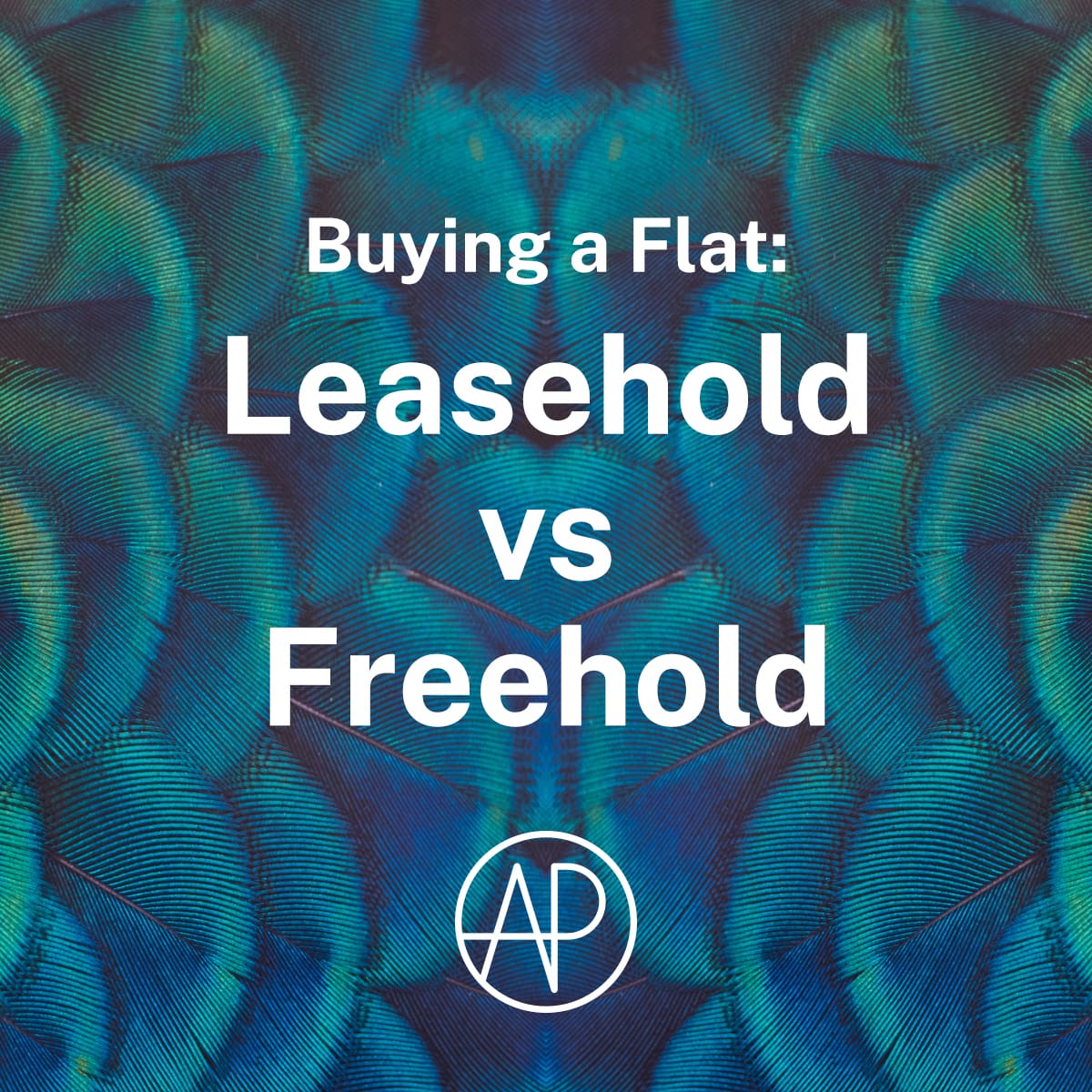Buying a flat can be an exciting but complex process. Understanding the differences between leasehold and freehold properties, along with essential tips, can help you make an informed decision. Here’s what you need to know when buying a flat.
Buying a Leasehold Flat
When you buy a leasehold property, you own the right to live in the flat for a specified period, typically between 99 and 999 years. However, you do not own the building or the land it sits on. Here are some key points about leasehold properties:
Ground Rent and Service Charges: Leaseholders usually pay ground rent and service charges to the freeholder for the upkeep of common areas and building maintenance.
Lease Length: Be aware of the remaining lease term. A short lease (less than 80 years) can affect property value and mortgage eligibility. Extending a lease can be costly.
Freeholder Permission: Major alterations or renovations often require permission from the freeholder.
Buying a Freehold Flat
Buying a freehold property means you own the flat and the land it stands on outright. Here are the advantages of freehold ownership:
No Ground Rent or Service Charges: Freeholders do not pay ground rent or service charges, which can save money in the long run.
Full Control: Freeholders have complete control over their property, allowing for modifications and renovations without needing permission from a freeholder.
Long-Term Security: Freehold ownership provides long-term security and stability.
Advice for Property Buyers in Sussex
Buying a flat requires careful consideration and understanding of various factors. For expert advice and assistance with your property search, contact your local Worthing estate agent Alexander Philips.

